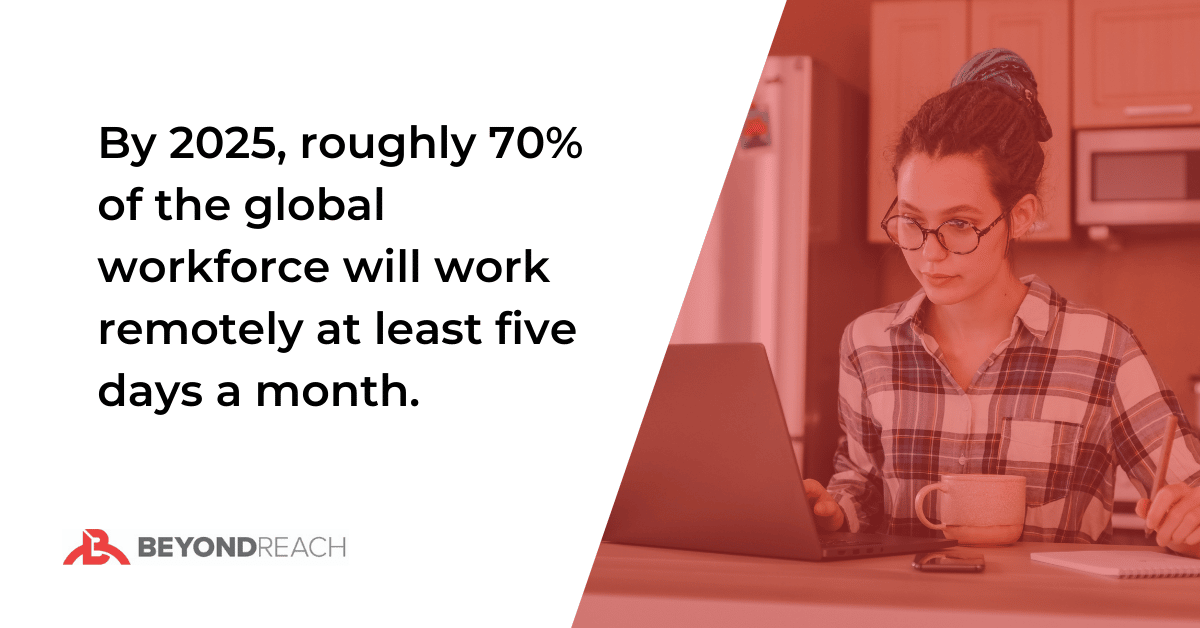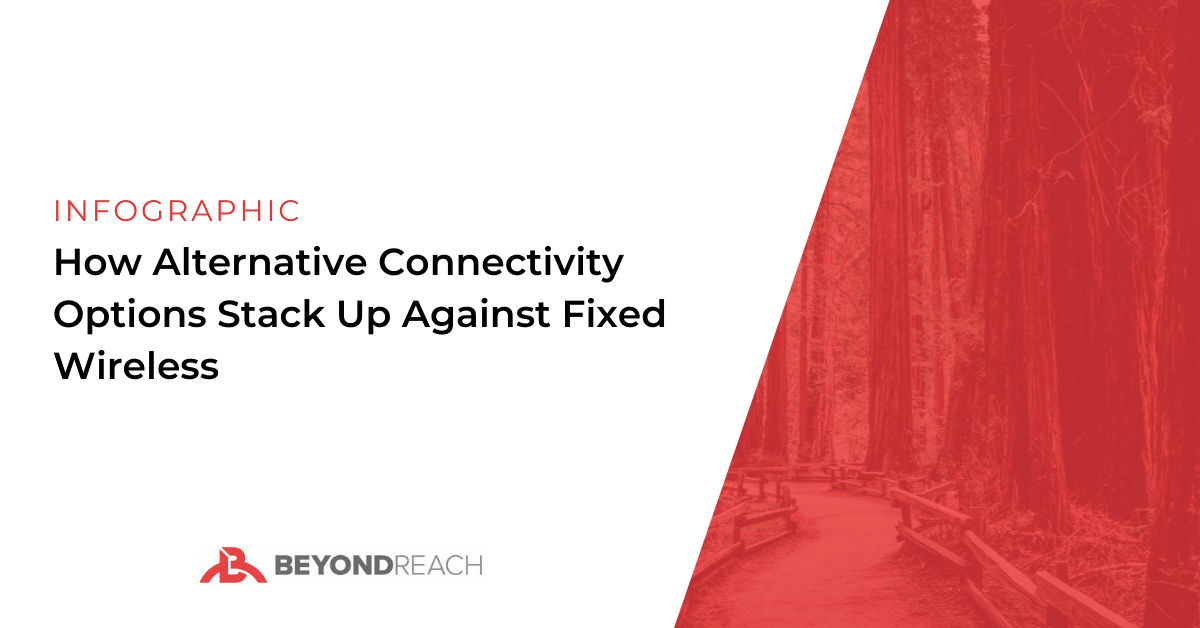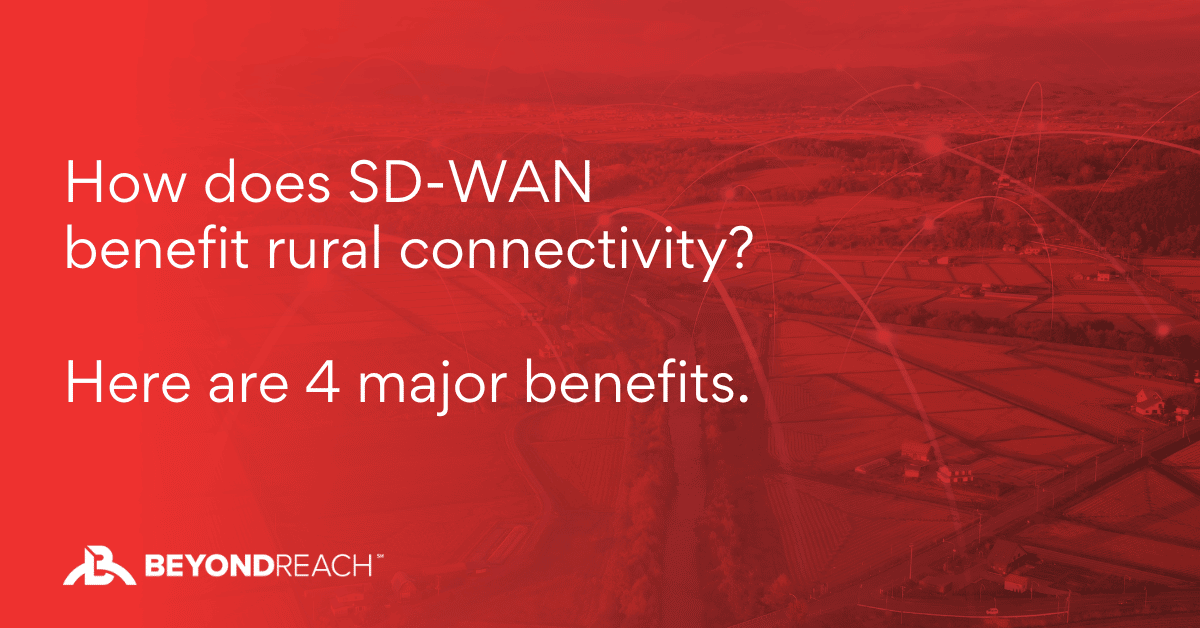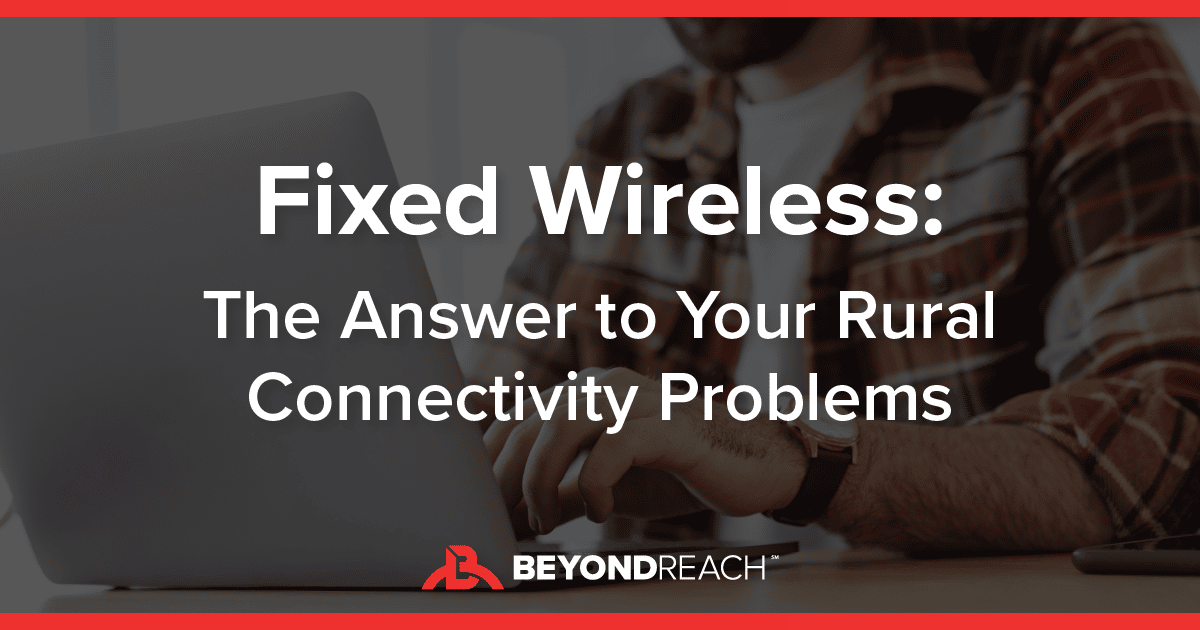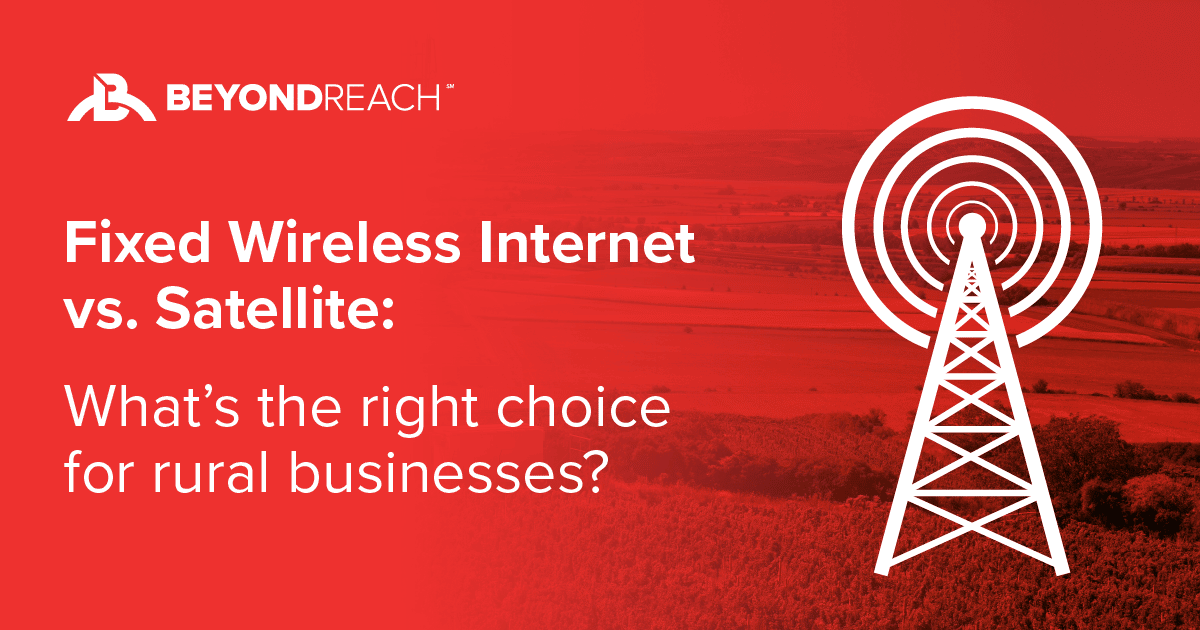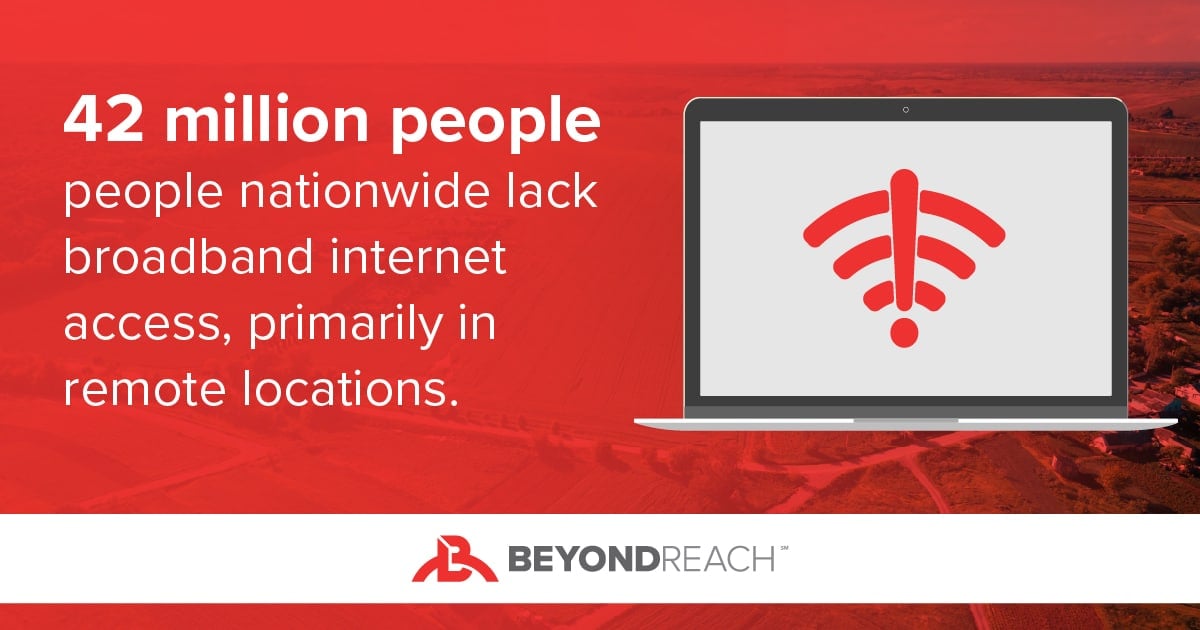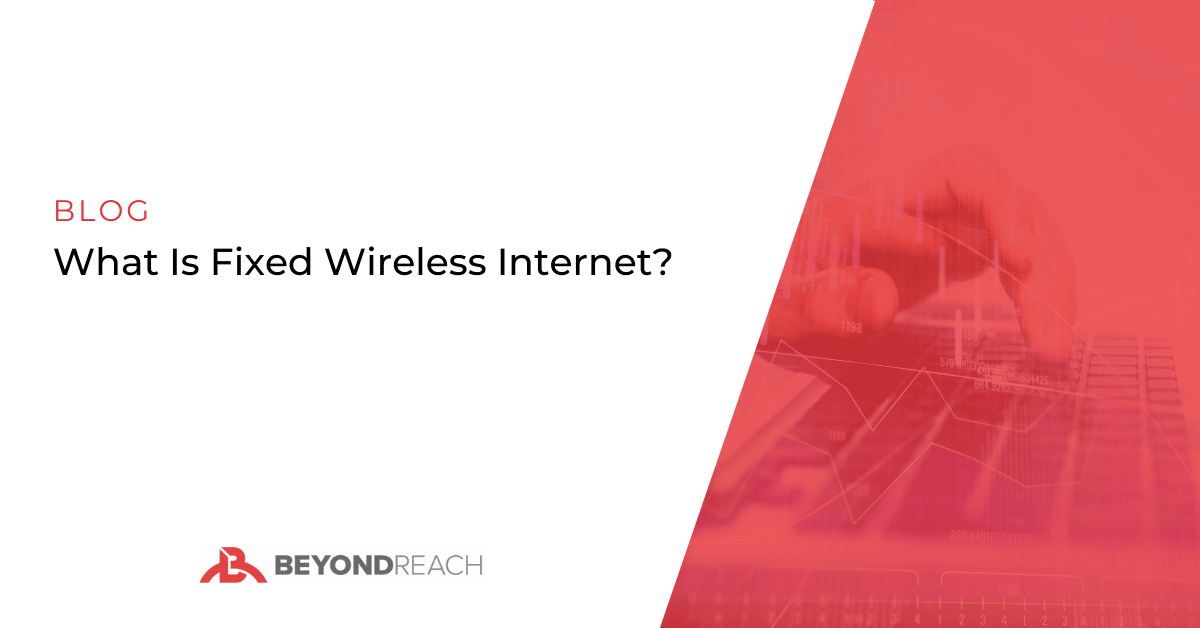Although businesses in rural areas can't easily access traditional internet connectivity options like cable and fiber optic internet, they can still enjoy high-speed connectivity. The solution? Technologies like fixed wireless and satellite internet.
But if you're looking into these internet solutions for rural businesses, you may wonder: which is the better option? How do factors like harsh weather affect their performance? And finally, which option is more cost-effective for users in rural and remote areas?
In this blog, we'll explore the answers to all these questions and more. Let's get started.
Fixed Wireless Internet: An Overview
Fixed wireless internet uses radio signals from a cell tower to provide connectivity in hard-to-reach areas. A receiver installed on the end user's premises receives these signals and relays them to a router. The router then connects devices like laptops, smartphones, and tablets to the internet.
Fixed wireless is an excellent alternative to standard connectivity options like cable, DSL, and fiber. Its infrastructure is easier and more cost-effective to implement, which makes it ideal for internet service providers (ISPs) looking to expand their clientele in underserved areas.
Satellite Internet: An Overview
Satellite internet uses signals from satellites orbiting the Earth to provide connectivity. The ISP transmits data signals directly to a satellite, which then transmits back to a dish installed on the end user's premises. A technician typically checks the premises and installs it for maximum signal strength.
Commonly used satellite internet providers in the U.S. include HughesNet, Viasat, and Starlink – SpaceX's constellation of low Earth orbit satellites that provides internet to more than 500,000 users in over 40 countries.
Fixed Wireless vs. Satellite: Which Is Better?
Both fixed wireless and satellite internet access involve wireless data transmission from a distribution point to the end user. The difference lies in the location of the distribution point relative to the user.
We'll analyze a few parameters to compare fixed wireless and satellite internet performance.
Speed
Satellite internet speeds vary from 12 to 100 Mbps, with an average of around 30 Mbps. While satellite offers better speed than DSL, it falls behind other options like cable and fiber-optic internet.
On the other hand, fixed wireless speeds are similar to those of cable and fiber-optic internet. And with dedicated internet access (DIA), fixed wireless can offer speeds of up to 20 Gbps, which makes it particularly useful for providing internet connectivity to rural businesses.
Connecting rural businesses with fast, reliable internet is key to closing the digital divide. Download our white paper today to learn more about the role fixed wireless internet plays in closing the gap.
Latency
For satellite internet to function properly, satellites are placed more than 22,000 miles away from the Earth. Data has to travel that entire distance before reaching a user, which increases the latency of satellite internet to nearly 500 ms. Even with Starlink's low Earth orbit satellites, internet signals still have to travel hundreds of miles.
In contrast, fixed wireless internet requires radio signals to travel less than ten miles, reducing its latency to around 50 ms. That makes it more suitable for bandwidth-intensive applications like gaming and video conferencing.
Weather Interference
With satellite internet, data has to travel to the satellite from the ISP's ground station through the Earth's atmosphere. That makes it susceptible to interference caused by clouds, dust, fog, rain, and other environmental factors. Even if the weather at a user's location is fine, their internet connection can suffer due to a storm in a nearby city.
Fixed wireless internet access eliminates the need for signals to travel long distances through the Earth's atmosphere. Modern fixed wireless providers use carrier-grade equipment to minimize the impact of rain fade and other disturbances, so users can enjoy high-speed internet connectivity regardless of the weather. Moreover, a user's internet access doesn't depend on weather-related complications in neighboring cities or states, making fixed wireless more reliable than satellite internet access.
Is Fixed Wireless Internet Better Than Satellite: The Final Verdict
Fixed wireless access offers several advantages over satellite internet, including lower latency and improved reliability. Fixed wireless is the way to go if you want to grow your customer base in remote and rural locations.
BeyondReach specializes in providing connectivity to any business location, no matter how remote or complex the need – that's our connectivity promise. Unlike other Internet Providers, we aren't defined by our network map. Our service locations are flexible thanks to our ability to scale and leverage a robust, established network of more than 7.5 million near-net buildings, 300+ PoPs, and 6 carrier hotels.
If you're ready to get started with fixed wireless solutions designed to connect even the most underserved, hard-to-reach areas, request a quote today.
